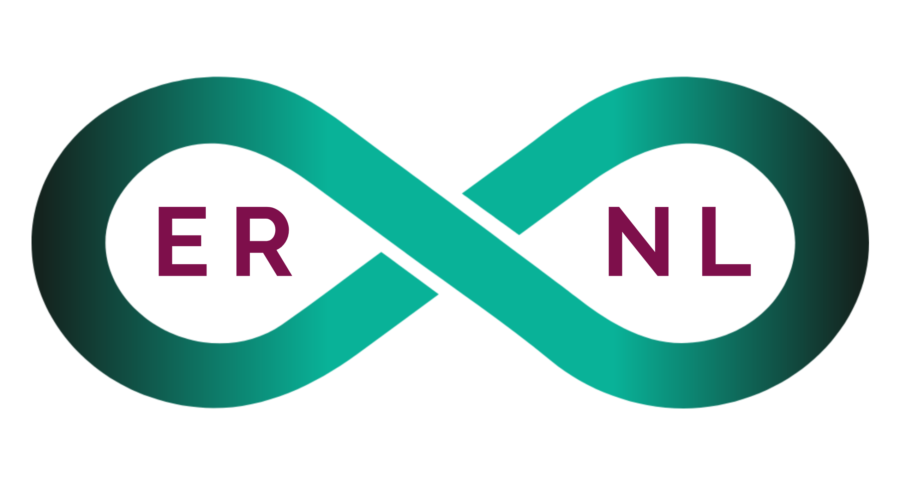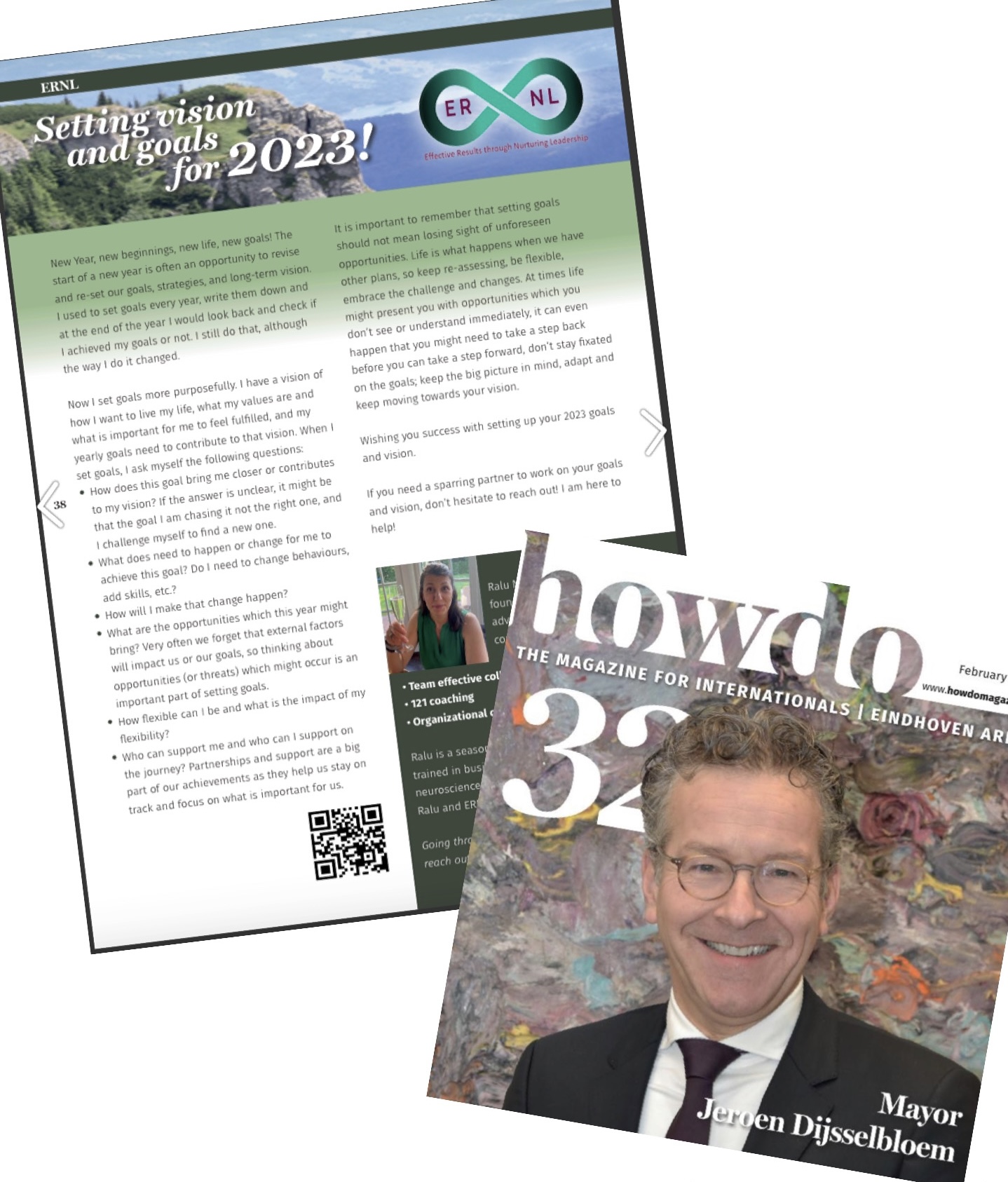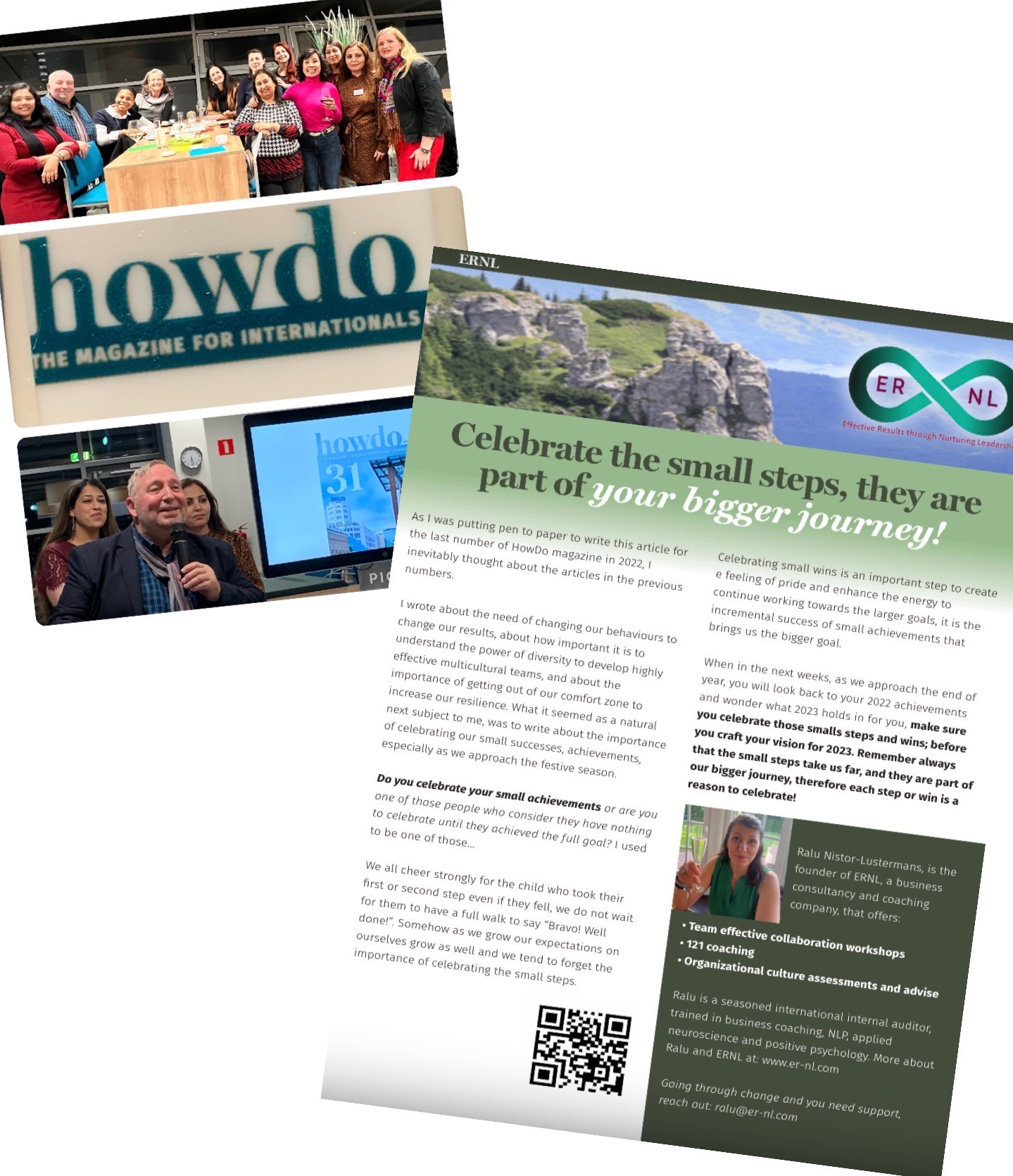- March 7, 2022
- ERNL

International Women’s Day 2022 campaign theme: #BreakTheBias
Imagine a gender equal world.
A world free of bias, stereotypes, and discrimination.
A world that is diverse, equitable, and inclusive.
A world where difference is valued and celebrated.
Together we can forge women’s equality.
Collectively we can all #BreakTheBias.
I hesitated today between posting a picture of myself with my arms crossed as a symbol of standing by and supporting breaking the bias, or allowing my problem solving mind to wonder and find more about: How do we actually break the biases? What actions can we take everyday to break the biases.
So finanally I decided for the latter. 🙂
Some weeks ago, I shared an article based on neuroscience research which states that biases are inevitable, and the way to deal with biases is to accept, label and mitigate them ( https://www.er-nl.com/biases-accept-label-mitigate/). I also came across a fascinating article in The Journal of Neuroscience, which explained how it is actually possible to detect, based on our brains’ activity, when we are about to make a biased decision, mind-blowing piece of information. Alpha activity reflects the magnitude of an individual bias in Human Perception (by Laetitia Grabot and Christoph Kayser, Journal of Neuroscience 22 April 2020: https://www.jneurosci.org/content/40/17/3443)
The latest research clearly shows that biases are learned, as part of the culture we grow up in, the education system we attend, family norms and history, leading to ways of thinking and behaving that we might classify as “normal”. Our brain “automatic” function is based on those learned biases. Some biases are good for us: like the ones which make us believe in eating healthy food, exercising, etc; and some of our biases or prejudices are not helping us to be inclusive in our decision making.
Telling ourselves or others “stop being biased” is not a very effective technique, because we can’t just easily stop something that is so well established in our thinking patterns. However, we can:
- educate ourselves on the types of biases, so that we become more aware of our own thinking patterns which lead us to prejudices and biases. Psychology Today, website has a great educational article about Bias: https://www.psychologytoday.com/us/basics/bias
- question ourselves on how we arrived to those thinking patterns, raise our awareness of the self-stories and narratives in our minds.
- listen to our language when we talk, and when share our experiences with our children or others: do we describe facts, or we express judgments?
- pause before we make decisions, so we can reflect on the impact of the biases on our decision making.
- choose to challenge ourselves and others to make more inclusive decisions, which take into account perspectives that are out of our normal thinking pattern.
To summarise it up:
Choose to challenge your thinking patterns, so that you can become more aware of your prejudices and biases, which will enable you to be more inclusive in your decision-making process.
Be mindful of the prejudices and biases you teach your children or others!
We all need to “Uncover the Hidden Prejudice that Shapes what we See, Think and Do.” (Jennifer L. Eberhardt, Phd)
Setting vision and goals for 2023!
As we all dive into 2023, for some of us the beginning of the year is an exciting time to set new goals or review…
“80% of success is showing up”
Celebrating the first year of showing up in my business! 2022 was my first year of business for ERNL. Officially my company exists for soon…
Celebrate the small steps, they are part of your bigger journey!
Right in time for the upcoming festive season, my latest article in HOWDO magazine article is a reminder of the importance of celebrating small successes! Online…



